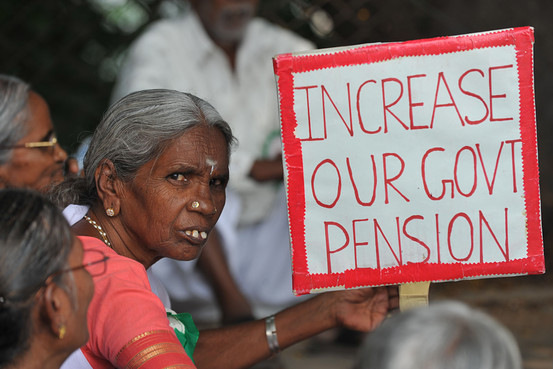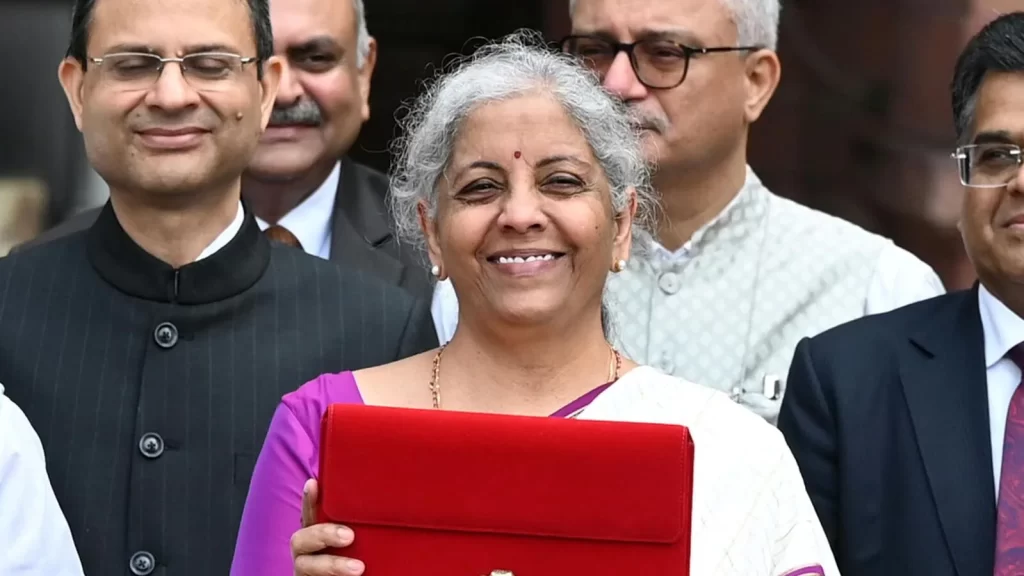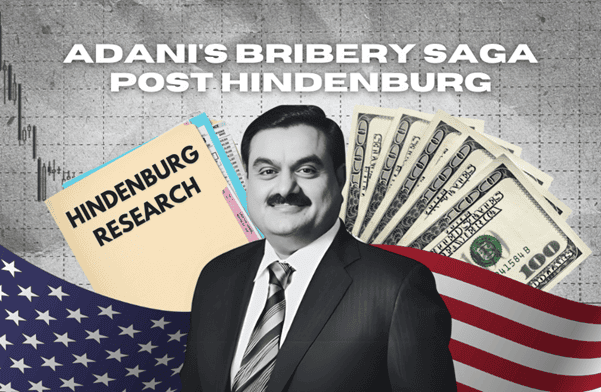Union Budget 2017 presents an uphill task for our Finance Minister, Shri Arun Jaitley and Prime Minister Modi at large. This budget becomes all the more important, politically and financially, after the move of demonetizing 86% of India’s currency on November 8, 2016. Due to this move, this Budget is being viewed as the most difficult one ever, as fiscal mathematics and monetary caution have both been turned upside down. The focus on this year’s budget is likely to be on two pillars: the Taxation, and Social Security, and more so on social security, after PM Modi’s upbeat rhetoric against the parallel economy and the brand of tax evaders. The finance minister will also have they key Assembly polls in 5 states in mind, and key thinkers feel this is going to be a populist budget. The key to success will be for the Mr. Jaitley to find the balance between populism and financial prudence, and also to provide a much-needed boost to a cashless economy, which has come to a virtual standstill since November 8.
What is it, anyway?
Social Security refers to any of the measures established by legislation to maintain individual or family income or to provide income when some or all sources of income are disrupted or terminated or when exceptionally heavy expenditures have to be incurred. It implies creation of a safety net for people, by the union government. It acts as a facilitator – it helps people to plan their own future through insurance and assistance. These benefits can be in cash or in kind, in the form of medical aid, insurance cover or legal aid.
India’s social security system is composed of a number of schemes and programs spread throughout a variety of laws and regulations. However, the fact that the government-controlled social security system in India applies to only a small portion of the population should also be kept in mind. Generally, India’s social security schemes cover the following types of social insurances:
- Pension
- Health Insurance and Medical
- Maternity
- Gratuity
- Disability
What are the Current Schemes and Plans?
While a major part of India’s working population is employed in the unorganized sector, which does not have the opportunity to participate in many of these schemes, there is a juggernaut of a mix of different acts and laws in various spheres to include maximum citizens in the safety net of social security. The government has very specific targets when it comes to implementation of such schemes in order to advance its agenda of development for all. In the last Union Budget, Mr. Jaitley introduced three schemes under the Jan Suraksha plan, to extend the social security net to all citizens, especially the poor and the elderly—
- The Suraksha Bima Yojana providing an accident cover;
- The Jeevan Jyoti Bima Yojana providing a life insurance cover; and
- The Atal Pension Yojana for old age pension.
As of February last year, around 9.3 crore beneficiaries had been enrolled under the Suraksha Bima Yojana, and 29 million people had opted for the Jeevan Jyoti scheme. However, only 2 million subscribers had gotten enrolled under the pension scheme.
Universal Basic Income
A basic income (also called unconditional basic income) is a form of
Under the banner of UBI, all residents, whether working or not, get a basic income which is directly credited by the government to their bank accounts. It is done to provide some basic life support to all citizens of a country, so that no one lives deprived of life’s necessities. Although it is a new concept, it has already implemented in some European countries. However, it is not so feasible in India. Many advocate a similar system in India, but it has serous disadvantages as well- for eg. People might get de-motivated regarding work, there can be a rise in shadow economy, increased immigration, etc. Hence, a basic income for every citizen might not work in India and is unlikely to be seen in this budget. However, what we might see is a modified version, called the National Social Security System in which, the government could extend this social support system to the most vulnerable strata in the society like the ones below the poverty line.
Providing Rs 1,500 a month to an estimated 200 million poor will cost the government about Rs 3 lakh Crore, an amount that may be difficult to come by. Thus, the debate is between a widely accessible universal basic income that may stretch the social security net too thin, and targeting specific groups.
Furthermore, the government also faces the risk of overshooting its fiscal deficit target, which has been fixed at 3.5% for the current fiscal year.
Kala Dhan to Jan Dhan?
Another very interesting dimension is the dividend derived out of demonetization. Post the demonetization drive, it is yet to be seen how much currency actually comes back into the formal economy. Suppose, out of the Rs. 15 Lakh Crore which have been demonetized, only 90% or Rs. 13.5 Crore actually comes back into the banks, this attributes to a Rs. 1.5 Lakh Crore profit- in the form of RBI dividend to the government. The government may well go on to distribute this amount in the form of direct bank transfers to the poor through the Jan Dhan Accounts! 25,000 Jan Dhan Accounts translates to Rs. 5,000 to every account, and leaving aside Rs. 25,000 Crores for infrastructure and other purposes! PM Modi can legitimately say the extinguished notes represent cash ploughed back from black money hoarders and boast that he is now distributing this to the common man! The situation cries out for a stimulus to revive demand. Putting lakhs of crores into bank accounts of citizens will provide the classical economic remedy of a big demand stimulus. Poor people spend money fastest, so stimulating demand via Jan Dhan accounts will be good policy. The growth shock of bungled demonetization can soon be offset by a consumer spending boom.
Is this the way to go? Only Time will tell, and on 1st of February 2017, Mr. Jaitley shall clear this and all other social security doubts that engulf us today…
By Keshav Lohia, General Secretary, Economics Society of NM College
Image Source: WSJ
One of the articles from The Economic Transcript (February, 2017, issue).




